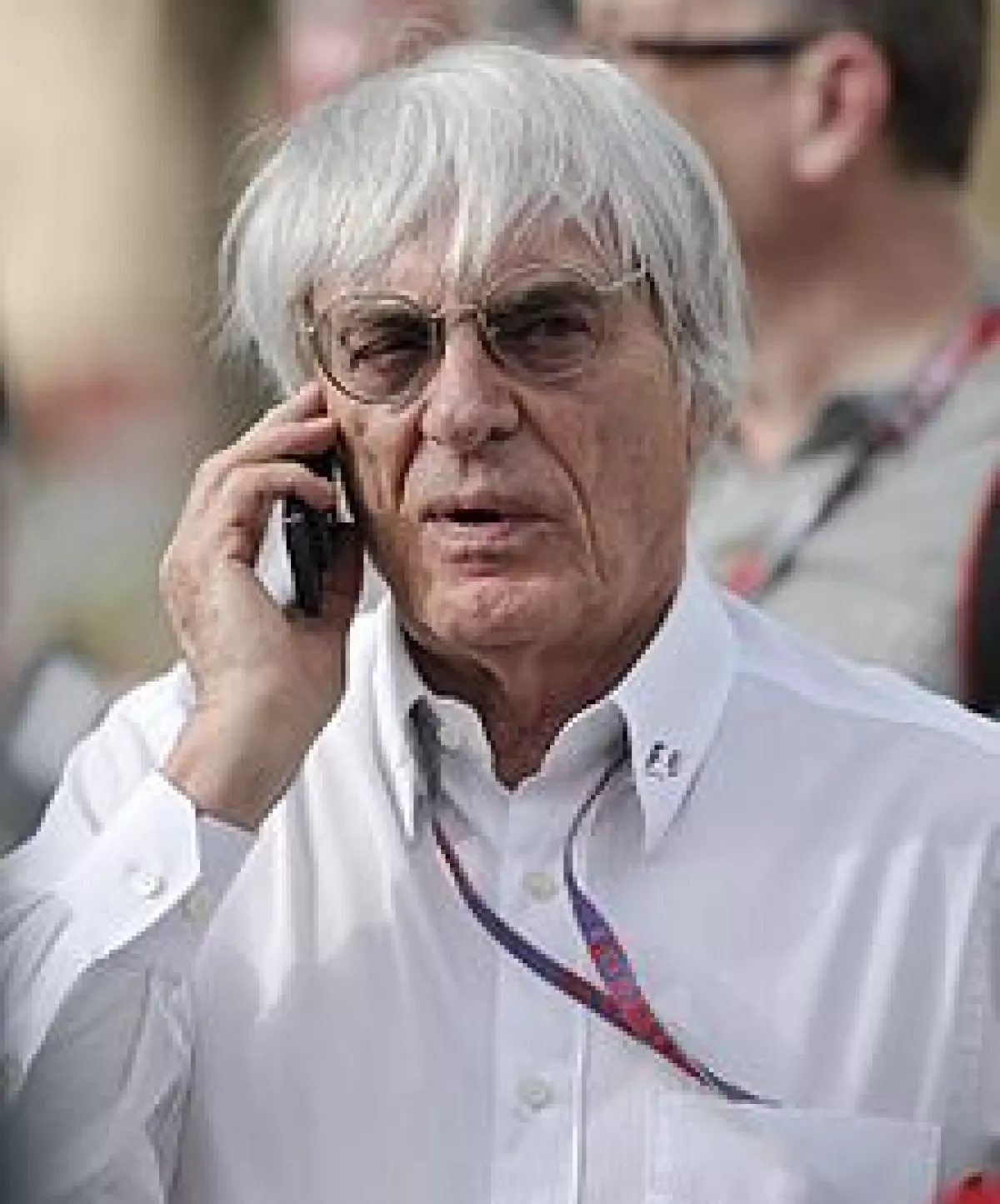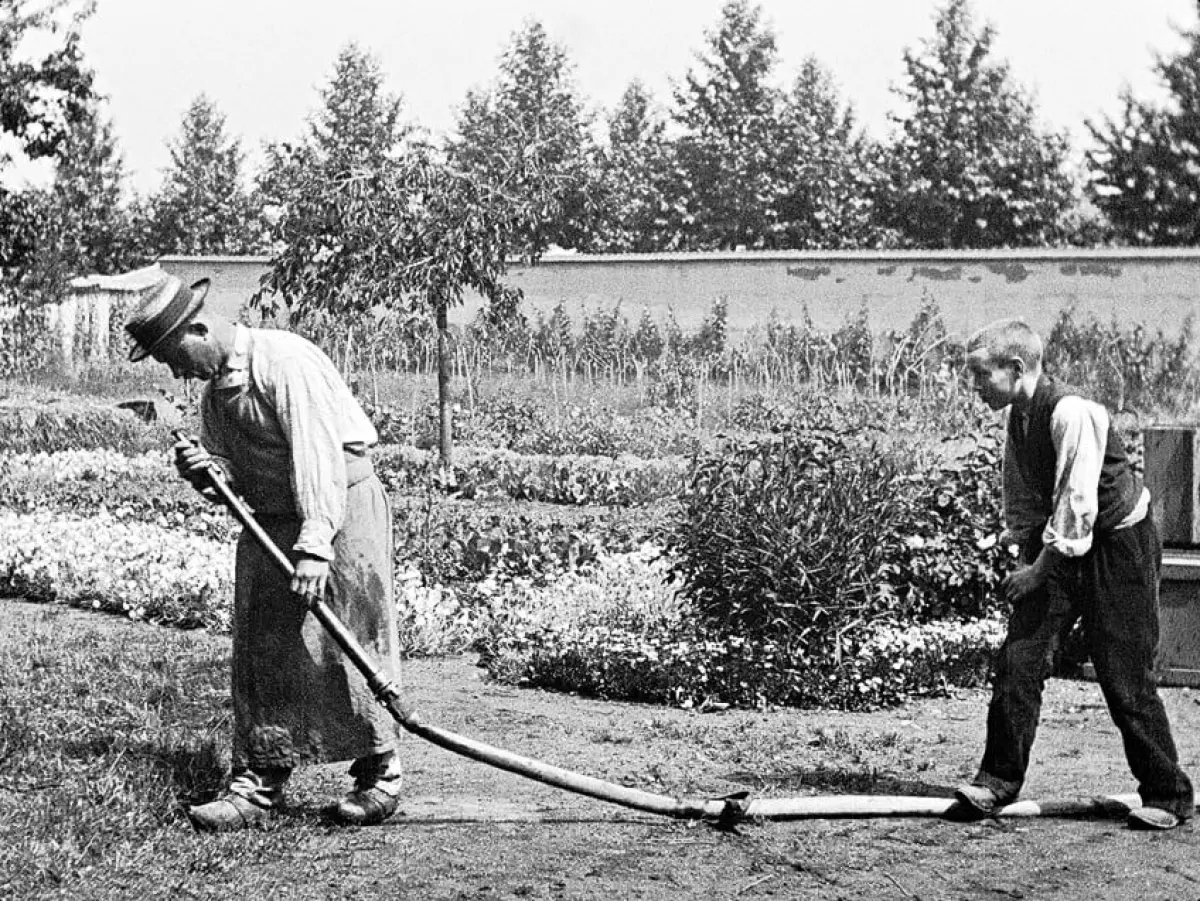Introduction
Pétanque, the beloved French sport, has captivated players around the world with its charm and simplicity. Originating in Provence, France, this boules sport has gained international popularity due to its easy-to-learn rules and social nature. In this article, we will explore the fascinating history of pétanque, how it has spread globally, and the strategies behind this captivating game.
History
Pétanque has a rich history that traces back to ancient Rome, Greece, and Egypt. However, it wasn't until the second half of the 19th century in France that a form of boules known as "jeu provençal" gained immense popularity. In 1910, a new variant of the game was born in La Ciotat - Pétanque.
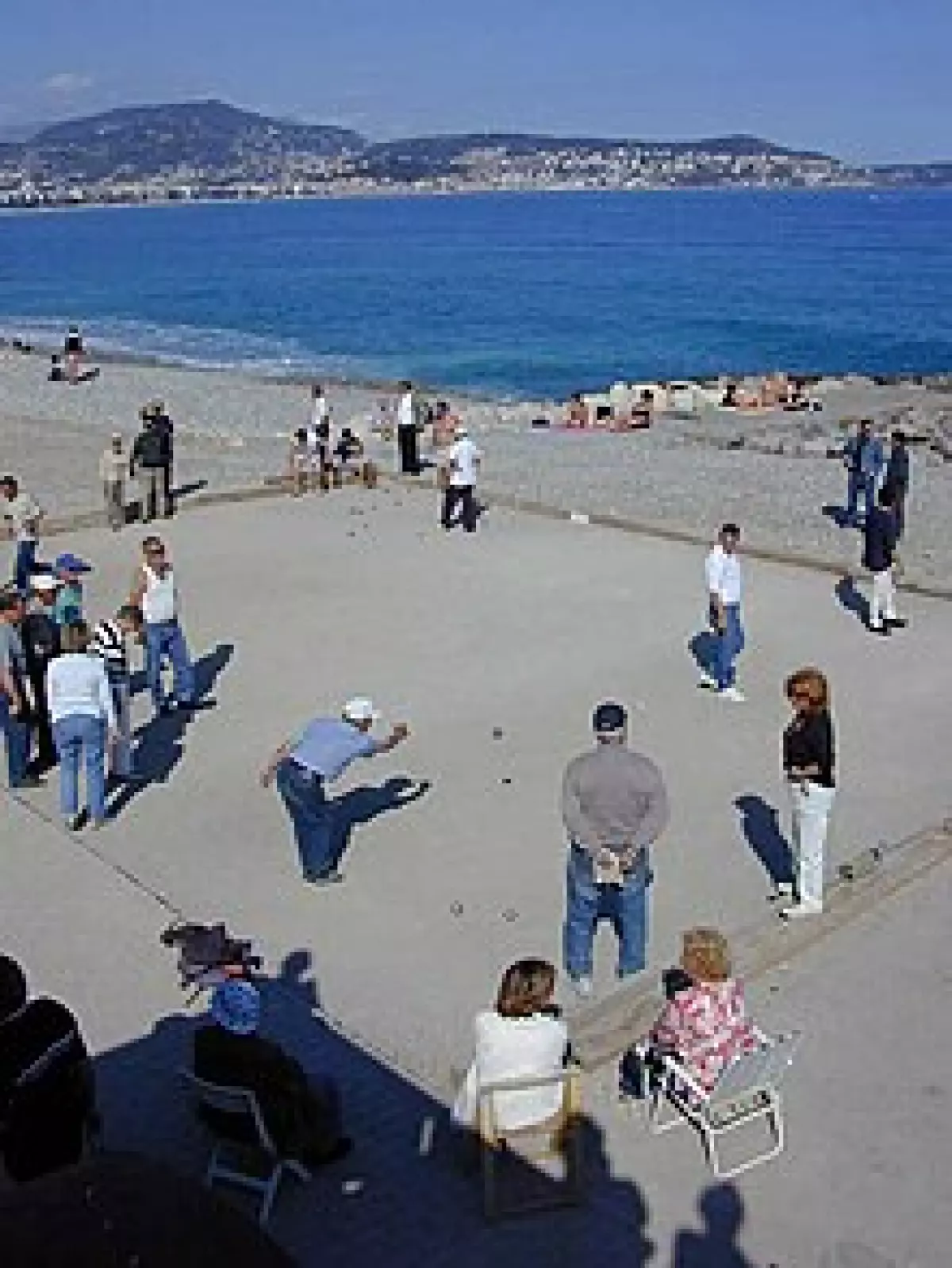 Boules players on the Champs-Élysées around 1840
Boules players on the Champs-Élysées around 1840
Pétanque was created out of necessity when a former jeu provençal player named Jules Lenoir developed severe rheumatism, making it impossible for him to run or even stand. In collaboration with his friend Ernest Pitiot, they devised a game where players stood inside a circle and threw their boules towards a small target ball, the "cochonnet". They called this game "pieds tanqués", which eventually evolved into its current name, pétanque.
The first pétanque tournament was held in 1910, organized by Ernest Pitiot and his brother Joseph Pitiot. This marked the beginning of pétanque's journey towards becoming the most popular form of boules in France.
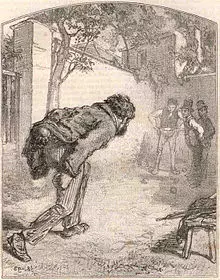 Pétanque players in Cannes
Pétanque players in Cannes
Global Spread of the Game
Pétanque quickly spread from Provence to the rest of France and eventually found its way to other parts of Europe and French-influenced countries around the world. Today, many nations have their own national governing bodies for pétanque, including Germany, Spain, England, and even countries in Southeast Asia and Africa.
While pétanque is not widely played in the Americas, it has gained a dedicated following in Canada and the United States. The Federation of Pétanque USA (FPUSA) reports that about 30,000 people play pétanque nationwide, with more than 2,000 members in affiliated clubs.
On the international level, the Fédération Internationale de Pétanque et Jeu Provençal (FIPJP) is the governing body of pétanque. With nearly 800,000 members as of 2022, this organization ensures the standardization and promotion of pétanque worldwide.
National and International Competitions
Pétanque enthusiasts have the opportunity to showcase their skills in various world championship tournaments. The FIPJP World Championships, held every two years, feature competitions for men, women, and youth.
One of the most renowned international championships is the Mondial la Marseillaise à Pétanque, held annually in Marseille, France. With over 10,000 participants and more than 150,000 spectators, this event attracts pétanque lovers from all corners of the globe.
In the United States, the Petanque Amelia Island Open, held in Florida every November, is the largest annual tournament. The British Open in the North of England also garners significant attention from players across the United Kingdom and Europe.
While pétanque is not yet an Olympic sport, it has been featured in the World Games since 1985. The Confédération Mondiale des Sports de Boules has been advocating for its inclusion in the summer Olympics since 1985.
Playing the Game
Playing pétanque involves a combination of pointing and shooting techniques. Pointing aims to place boules as close as possible to the jack, while shooting involves knocking opponents' boules away from the jack. Skilled shooters are often the protagonists in national and international championships, as their ability to target and eliminate opponents' boules is crucial.
 Pétanque player throwing from a prefabricated circle
Pétanque player throwing from a prefabricated circle
The order of play is determined by a coin toss, with the winning team starting by throwing the jack and the first boule. Each team takes turns throwing their boules, aiming to gain the point by having their boules closest to the jack. The team that wins an end scores one point for each boule closer to the jack than their opponents.
Strategic considerations, such as shot selection and positioning of the jack, play a vital role in the game. Players aim to block opponents' access to the jack and strategically place their boules to secure points.
Equipment Specifications
Pétanque is played with metal boules and a small wooden or plastic jack. Leisure boules are suitable for casual play, while competition boules adhere to specific standards set by the FIPJP. The competition boules must be hollow, made of metal (usually steel), and weigh between 650 and 800 grams.
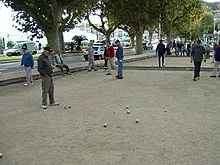 Jack (cochonnet) and boule
Jack (cochonnet) and boule
The playing area, known as the terrain, can vary from open areas like public parks to dedicated playing facilities called boulodromes. Traditional circles scratched in the dirt have now been replaced by red plastic prefabricated circles, ensuring consistent gameplay.
The Joys of Pétanque
Pétanque is more than just a sport; it is a social and cultural experience. It brings people together, encouraging friendly competition and camaraderie. Whether played in a village square, a park, or a dedicated boulodrome, pétanque creates meaningful connections and lasting memories.
So, gather your friends, grab your boules, and join the global pétanque community in celebrating this timeless sport that combines skill, strategy, and a whole lot of fun!
Original article source: Wikipedia










